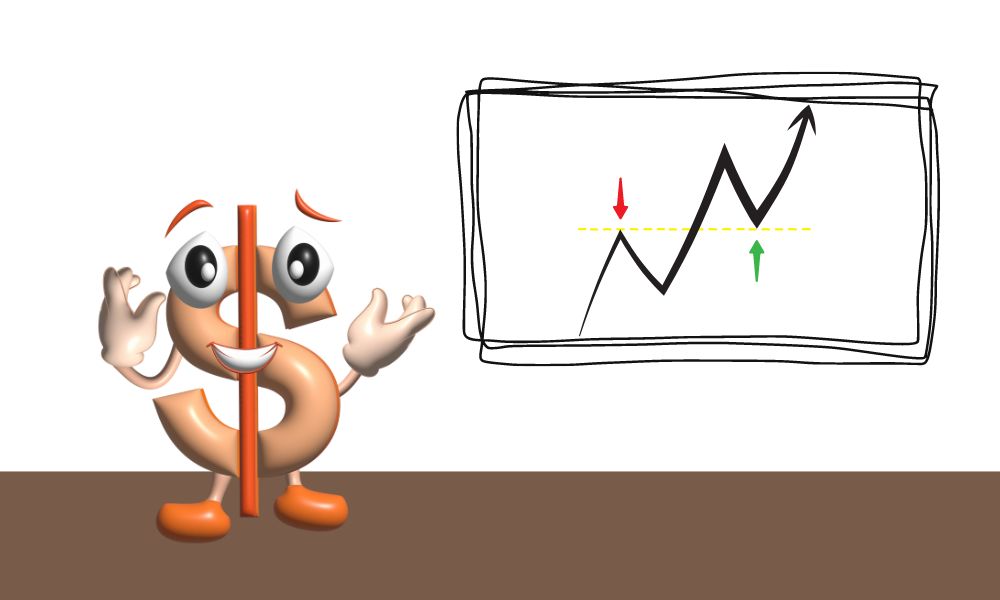
A bearish chart pattern called a rising wedge is formed by two trend lines that intersect in the middle. The trend lines ascend and converge.
The latest lower highs and higher highs are connected by the first trend line, while the most recent lows are connected by the second trend line.
The formed shape resembles an up-angled triangle. A falling wedge is the pattern of a rising wedge.
Given that the lower trend line is steeper than the upper one and that the low is higher than the high, the rising wedge pattern could be interpreted as a bearish wedge.
The only differences between the falling wedges, despite having a similar shape, are the triangle's angle and the pattern's implication.
The rising wedge (ascending) pattern, in which trade volume decreases as the wedge develops, is a bearish pattern because it predicts future falling prices or a breakout to a downtrend.
Even though the wedge is still capturing the upward price trend, the reductions in trade volume may be a sign that sellers are tightening their positions in anticipation of a negative breakout.
On the other side, the falling wedge (descending) pattern has a bullish slope, slanting downward and indicating a near-pattern rebound.
The intriguing part is that a rising wedge can show up as a continuation pattern during a downturn or as a reversal pattern during an uptrend.
Causes and Indicators
The rising wedge pattern is typically seen following lengthy trends, making it handy for trading cryptocurrencies.
For instance, the wedge pattern may show up as a hint of an impending trend reversal if a crypto trend has advanced too far too quickly.
Strong trends are the outcome of a buyer/seller imbalance. Buyers and sellers are conducting business at each price.
When there are too many buyers and not enough sellers, the price must be promptly raised, which should encourage more sellers to enter the market.
The price will continue to quickly readjust upward if the increased cost does not convince more vendors to sell.
This quick readjustment produces strong uptrends that start to draw additional buyers who are concerned about missing out on a trend (known as FOMO, or fear of missing out).
The price will start to correct once this powerful trend has taken hold and the big crypto whales have lost interest in purchasing, luring in the FOMO purchasers.
Another decline follows each new high, attracting additional buyers.
The market is ready for a significant correction at this moment because the rising wedge pattern has developed.